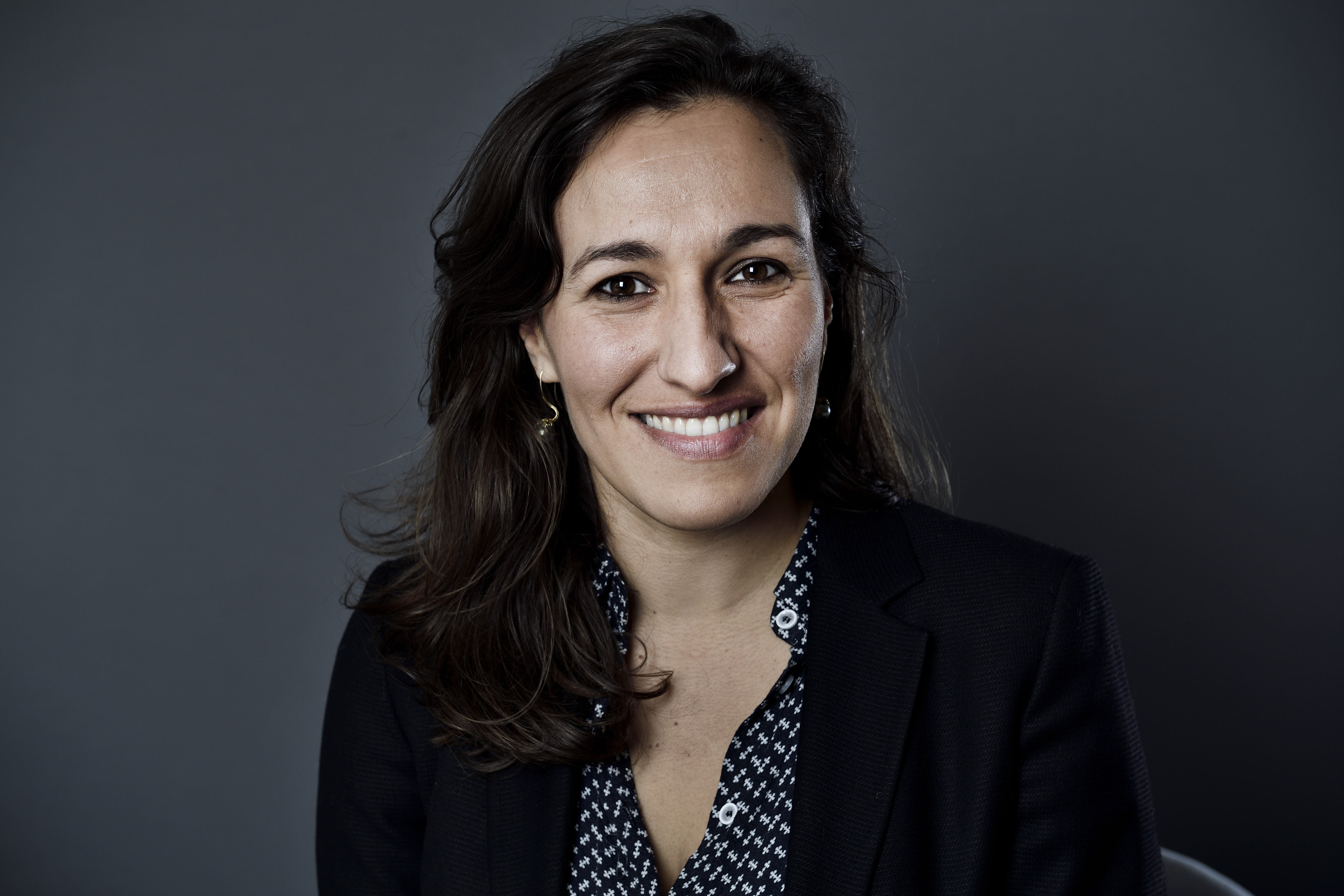Sofia Ribeiro
Research leader

Project title
Towards a blue Arctic Ocean: constraining the response of arctic marine ecosystems to chryosphere changes during the Holocene
What is your project about?
The Arctic Ocean region is changing profoundly and is expected to become ice-free during summer within a few decades. What will happen to the finely-tuned Arctic marine ecosystem as sea ice disappears? My project's aim is to address this question by looking into the past. I will combine methods from paleoceanography, marine ecology, and paleogenetics, to unlock the natural sediment archives preserved in the ocean seabed and reconstruct the interplay between Arctic sea ice, marine biodiversity and primary productivity over the last ca. 12 000 years. Understanding long-term ecosystem responses will contribute to better projections.
How did you become interested in your particular field of research?
I am fascinated by the long-term "memory" of the oceans, both in terms of climate system dynamics and because the ocean seabed is a unique source of historical data. Most of my research life has been dedicated to studying living and fossil records of marine microbes (microeukaryotes) and their usability as proxies in past climate studies. I have developed a deep interest in bridging the Life and Earth Sciences to explore new ways of understanding cryosphere-biosphere interactions through time.
What are the scientific challenges and perspectives in your project?
One of the challenges I foresee is matching the DNA metabarcoding results from our sediment cores to existing reference DNA databases. Metabarcoding will generate a huge number of reads and at least some of them will be from species that are unknown to Science. My group is working together with international experts to improve existing biodiversity data for the Arctic Ocean. An exciting perspective is that we will work closely with the climate modelling community focusing, for example, on past warmer-than-present periods to better draw analogs between present, past and future ecosystem responses to climate change.
What is your estimate of the impact, which your project may have to society in the long term?
The United Nations Intergovernmental Panel on Climate Change (IPCC) has highlighted the need for long-term data on cryosphere and ocean dynamics to improve the confidence of future projections. In particular, assessing past ocean productivity is a key research priority. This project directly addresses this knowledge gap, and I envision it will feed into future IPCC reports and contribute to the Arctic Monitoring Assessment Programme (AMAP) mission. By assessing the long-term vulnerability of sea-ice ecosystems, this project will hopefully help decision-makers define regional and global climate mitigation and adaptation priorities.
Which impact do you expect the Sapere Aude programme will have on your career as a researcher?
The Sapere Aude programme is an excellent opportunity to consolidate and expand my research group with complementary expertise. I am thrilled to be able to pursue curiosity-driven research that is of importance to society, and to deepen my skills as a research leader and as a mentor of early-career scientists. I also look forward to all the unforeseen synergies, new ideas and opportunities that will certainly emerge from close collaboration with the world-leading scientists from Denmark, Canada and Norway involved in this project.
Background and personal life
I was born in Lisbon and was lucky to grow up with the Atlantic Ocean as my playground. I moved to Denmark in 2008 to start my PhD at the University of Copenhagen, and also studied and worked at Universities in Portugal, Spain, USA, and Sweden. I am committed to finding an ideal work-life balance, although Science to me and many of those around me tends to fall more in the category of life than work. I live in Copenhagen with my husband and our two children Adriana and Vincent.
View all research leaders here
Research institution
Geological Survey of Denmark and Greenland, Glaciology and Climate Department
Research field
Arctic Paleoceanography, Climate Change, Paleogenetics
City of your current residence
Copenhagen
High school
Escola Secundária Anselmo de Andrade, Almada
